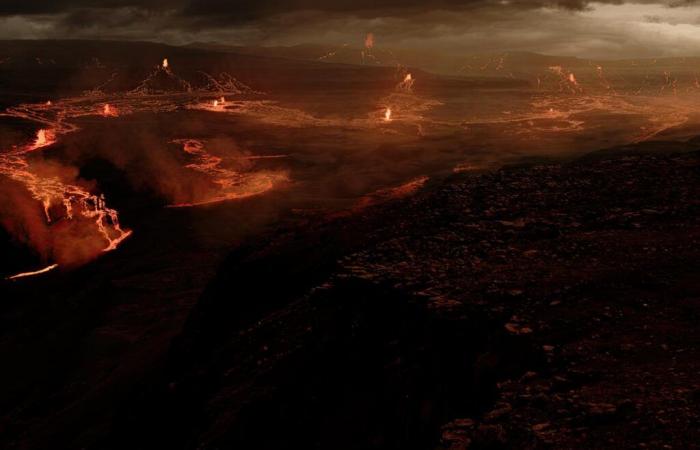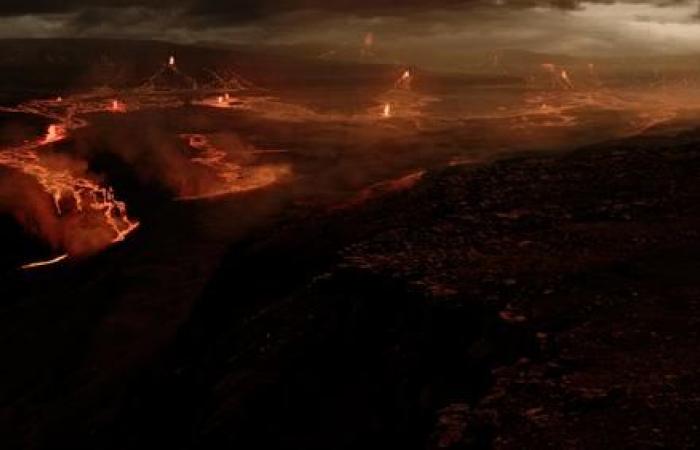France 5 – THURSDAY NOVEMBER 21 AT 9:05 P.M. – DOCUMENTARY
“We love what amazed us and we protect what we love”already noted Jacques-Yves Cousteau (1910-1997), popular oceanographer of the 20the century. Following the same logic, the BBC studios have deployed great means to make us admire our planet and make us want to preserve it, by producing a spectacular documentary fresco, The 5 Lives of the Earth. Two new episodes are offered this evening.
Once again? “Today we find answers [scientifiques] that we couldn't find until recently”replies the narrator. To vary the pleasures, however, the thematic chaptering is non-chronological. This allows each episode to have its dose of spectacular reconstructions, in addition to interviews with scientists and on-site reports, from an Icelandic lava tube to the mountains of Siberia.
Another interest, after the broadcasts in September of Plants and of The man (available in replay), L’airpresented as a bonus this Thursday, can easily constitute a start. It opens with a vision of the Earth 4.6 billion years ago, when the Sun and the Moon had barely seen the light of day.
Riddles
The young doctor of biology Usha Lingappa, from the University of Berkeley (California), is the first to intervene to relate, with simplicity and passion, how this barren planet dotted with lakes of molten lava could become the (probably) only oasis of life in the Universe, emphasizing the role of the atmosphere in this process.
Additional attraction, L’air leaves room for doubt, thus opening the field of possibilities – even dreams. Whether on the importance of its components (CO₂, nitrogen, ozone) or on the appearance (orange, pink or carbon) of the first atmosphere called AD1, in reference to Hades, the god of hell in mythology Greek. Even if the greatest scientific enigma remains the origin of life. The importance of cyanobacteria, however, is now proven, since their capacity for photosynthesis enabled, by generating oxygen, the “great oxygenation” of our atmosphere 2.5 billion years ago.
Comparatively, The fireprogrammed consecutively, does not have the same intensity, even if it returns to the greatest extinction of living things of all time – and it is not that of the dinosaurs – during which 90% of species would have perished about 250 million years ago. “We are finally able to reconstruct the crime scene”enthuses a researcher. Before bringing us back to the last day of the Permian, when the ocean covered the Earth, from which Pangea emerged.
Impressive animated images
The episode also emphasizes a fact that at first glance is less sensational: this exceptional disappearance was very slow, contrary to what was once believed, caused certainly by eruptions, but also by a more sneaky phenomenon of pollution. air.
The World Workshops
Online courses, evening classes, workshops: develop your skills
Discover
This destruction is illustrated by impressive animated images and reports, including one in an Italian park where rocks, trees and plants intertwine. “A few degrees more and everything can collapse”underlines a scientist… Is the message clear enough?
The 5 Lives of the Earth : Plantsby James Tovell; The man, by David Briggs (both on France.tv until November 30); L’air, by Chris Pitt and Jennifer Anafi-Acquah; The fireby Imogen Ashford (RU, 2023, 4 × 50 min).







